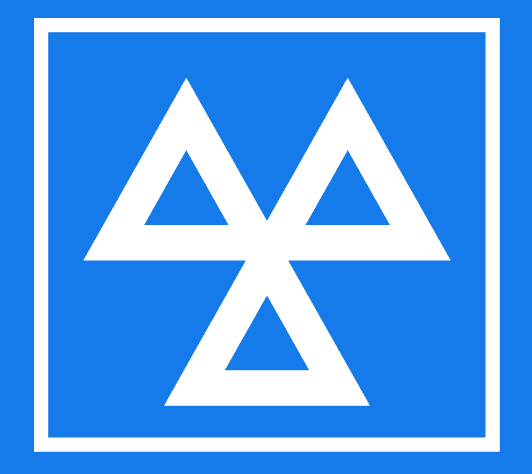
In 2015 nearly 40% of all cars failed their MOT, according to the DVSA. Many cars fail for simple reasons, which could have been checked and fixed by the owner before they dropped of their vehicle at the test centre.
Avoid wasting time and save yourself money with our simple guide that helps you prepare your car for its MOT. All you have to do is follow each section and we will give you some guidelines and tell you what to do if your vehicle isn’t up to the required standard.
Table of contents:
- Ensure lights are working properly
- Check essential fluids in your car
- Test brakes
- Assess the condition of your tyres
- Suspension tests and checks
- Emissions levels and checks
- Windscreen problems
- Smooth bodywork
- And finally… Keep it clean
Ensure lights are working properly
All your lights need to be working for you to pass you MOT. According to official figures around a quarter of all vehicles that fail the test do so because of faulty lighting.
The simplest method for checking your car’s lights is getting a friend to help you out. Have them stand around the car as you sit in the driver’s seat and activate the various lights on the car. If you do not have a friend then it may be difficult to check the rear lights, but you can use the hazard lights to assess whether or not all the indicators are working properly.
Alternatively, you can use a mirror or wait until its dark and bounce the lights off walls or fences to check they are working. If any light is failing, you will need to replace the bulb or in some cases the light will come as a sealed unit, which may be a composite light – for instance a combined rear and brake light unit for the back of your car.
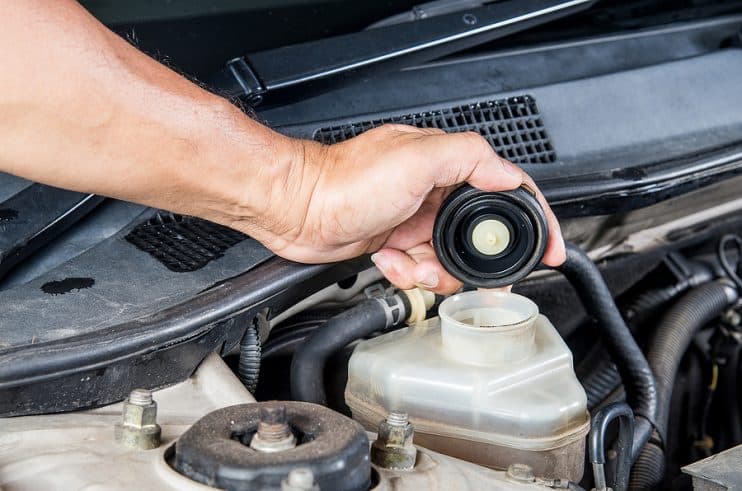
Check essential fluids in your car
There are many fluids that require regular top ups to keep your car running properly. Levels need to be adequately maintained at all times. These include the following:
- Oil – use the dipstick to check the level, and if the car requires more oil then add this using the oil cap to access the oil tank.
- Windscreen washer fluid – check the level is between the high and low marks on the reservoir and if necessary refill with screen-wash.
- Coolant – check coolant levels using the marks on the reservoir. Only add coolant when the engine has not been running for several hours.
- Brake fluid – you should change you brake fluid every 24K miles or you can buy a strip kit to test its quality. Again check the levels on the reservoir to see if more needs to be added.
- Petrol – your vehicle needs to have sufficient levels of petrol in the tank to ensure it does not fail the MOT.
Test brakes
Assess your brakes whilst you are driving. Some brake pads have a sonic indicator of when they are wearing out, alerting you to their condition with a screeching sound. However most cars have a brake pad monitor, which shows up when you need to change the pad. Equally you can check by eye with the legal limit being around 1.5 mm and the recommended limit for you to change your pad being 3mm. Also check your brake rubbers as you could fail your MOT simply due to problems with these small parts.
Assess the condition of your tyres
You will need to check that your tyres are in good condition to pass your MOT. First conduct a simple inspection of your car’s tyres, looking for cracks, bulges, cuts or tears in the rubber of the tread and of the sidewalls. Try to gauge whether the wear and tear differs on the tyres across either side of the car. If there are problems, you may need to replace the tyres. Tread depth should be at least 1.6mm or you can use the bevels on a 20p and this can be tested with a special tool you can buy from your local car shop.
Finally, you need to test that your car’s tyres are the right pressure. Simply check the required pressure in your owner’s manual and take the car to the garage. Modern tyre air gauges will allow you to program in the correct tyre pressure and will automatically inflate your tyres to this level.
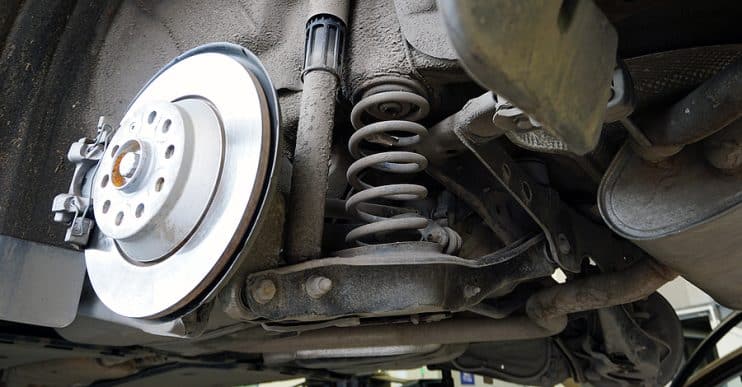
Suspension tests and checks
With a standard car there’s a very simple procedure for testing the suspension. All you need to do is push down on the corner of the car and it will rock up and down. If it returns to a stable position within 1-2 bounces then you know the shock absorbers are functioning correctly. Any more bounce and its possible they are damaged. Shock absorbers will need to be replaced as a pair.
It’s equally important to perform a quick visual check to ensure that the coil springs are not damaged and also confirm that there are no loose or damaged parts around the spring’s seating.
If you have had your car lowered or are using non-standard shocks, it’s worth checking that you have the right clearance between your car and the road as this could lead to an MOT failure.
Emissions levels and checks
All vehicles have to now meet strict emissions standards. This could be a problem if you have an older car, but there are some steps that reduce its emission levels. Putting a fuel additive into your petrol tank will help clear out any old dirt in your car’s engine and will lower the cars emissions.
If your car is a diesel you’ll need to check the diesel particulate filter. Again you can use an additive in your fuel that will help remove soot particles that may be impacting the effectiveness of your filtration system.
Finally check the condition of your exhaust. One of the tell-tale signs that it has problems is a whistling sound whilst accelerating. Check the physical condition of the exhaust pipe and repair any minor holes with a sealant and if there are major cracks replace the exhaust.
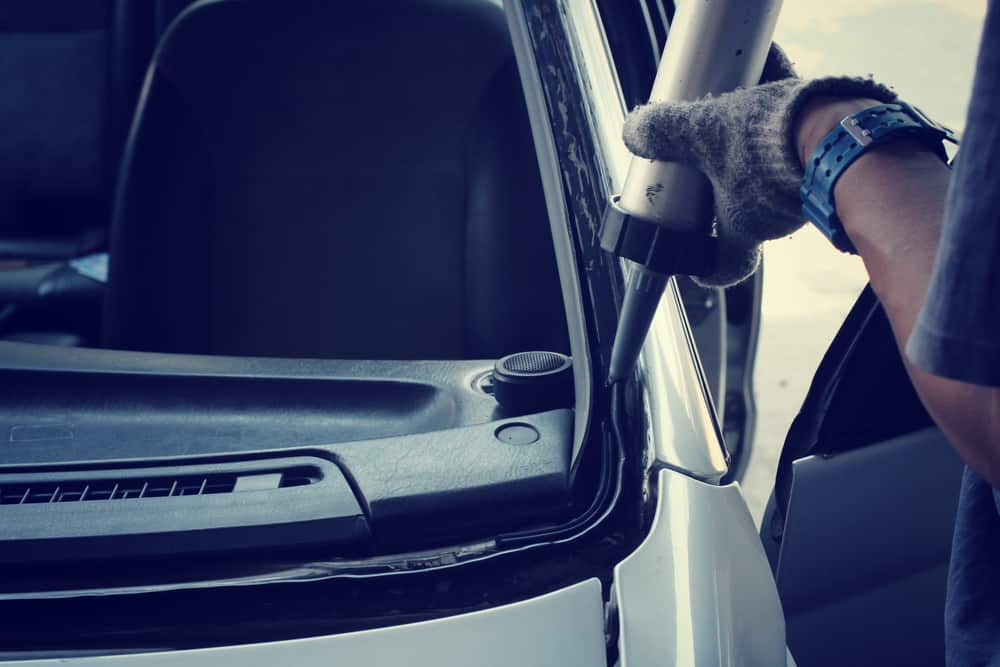
Windscreen problems
Any crack within 10mm in the driver’s field of vision or 40mm outside of this area will mean an MOT failure for your car. Your insurance company may cover the cost of a repair, so give them a call and find out what the situation is – and if they can’t help then there are many companies that provide low cost fixes.
Also check that your windscreen wipers are not leaving marks on the windscreen when they are engaged. These can be replaced at a low cost by most motorists with a small amount of mechanical knowledge.
Smooth bodywork
In order for your car to successfully pass its MOT there must be no sharp metal protrusions coming from the bodywork or bent edges that could cause additional damage in the event of a crash. Unfortunately it may not be so easy to fix such problems, requiring the professional services of a panel beater to resolve such issues.
And finally… Keep it clean
And finally, believe it or not, your car could actually fail its MOT because it’s too dirty. Make sure you give it the once over with a bucket and sponge before the test, or if the dirt is really extensive then take it to the car wash and get it thoroughly cleaned.

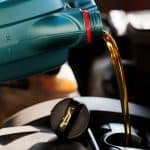


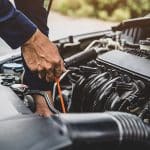


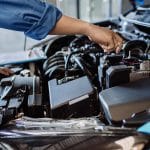

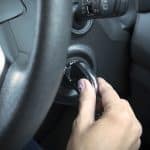
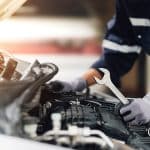
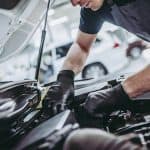
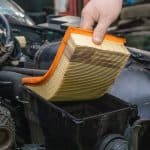
.png)